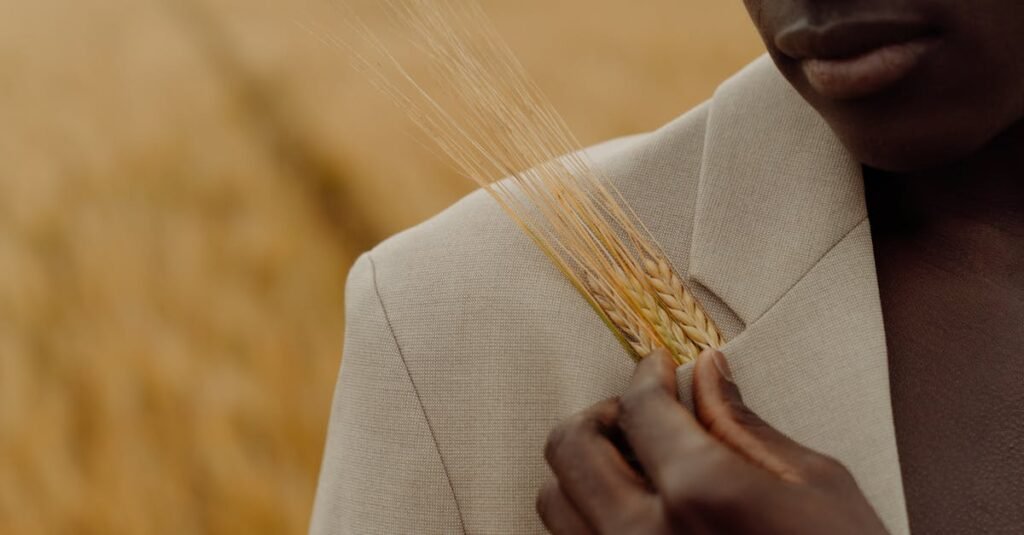Not all whole grains are created equal. If you grind wheat up really fine and make bread with it, the impact on blood sugar is basically identical to white bread. It gets digested just as fast. There is some fiber to it, but it is very fine.
There is a better way to do this. Enter intact whole grains. “What are those?” you ask.
Intact whole grains are minimally processed. And they are just that. Still intact. Think steel cut oats. Or even rolled oats (they are close). Or pearled barley and brown rice or wild rice. And what about wheat berries? Ever had cereal that was just cooked wheat berries? I have, but it isn’t my favorite. And it has been years since I’ve had it, so that tells you something about its popularity around our house.
But, if you’re trying to keep your blood sugar in control, or you have type 2 diabetes, you might want to swap out some of your finely milled grains for intact whole grains. Muesli, granola, oatmeal. It really could help you out with glycemic control and satiety. Unlike ultraprocessed foods that tend to spike your blood sugar quickly, intact whole grains preserve the natural structure of the grains. They digest slower, and lead to steadier glucose levels as a result.
There are four studies I want to mention here that show how this simple shift enhances insulin responses and boosts satiety hormones like GLP-1 for feeling full longer, having less cravings, and having your blood sugar be under control for most of the day. It doesn’t take a whole lot of change to make this happen.
Research Studies Back This Idea Up
Here’s a few research studies that back up this idea. In a 2017 crossover trial by Eelderink et al., healthy men ate wheat breads with varying particle sizes of wheat. The larger kernels didn’t alter glucose kinetics, but they did significantly lower GLP-1 responses (which is kind of the opposite of what we would expect). The size of the particles in the bread does make a difference beyond just glycemic control (full study).
In a 2025 study by Kanata et al., they found that healthy adults who ate breads with large particles of chickpea flour in them had reduced postprandial glucose spikes, elevated GLP-1, and improved satiety compared to the finer versions. This bread was more dense and heavy compared to what people are usually expecting in bread (full study). But it did help with satiety. I’m not sure why the first study found GLP-1 responses were lower, rather than higher as seen in this study. Higher response indicates feeling full longer, and being satiated (satisfied) longer.
In 2020, Reynolds et al. tested four whole grain breads in type 2 diabetes patients with varying sizes of flour particles. They found that the larger particle sizes were inversely related to lower glycemic excursions (full study). So, this result is what we might expect, but didn’t always see in the other studies.
A second study here from 2020 by Åberg et al. reported on a two-week randomized crossover design in which T2D adults that ate less processed grains cut their post-meal glucose by 6-9 percent as well as glucose variability. It even helped them lose a little bit of weight (full study). The difference in glycemic control wasn’t much, but the weight loss was encouraging.
Bottom Line?
You might want to try incorporating some intact whole grains into your diet—whether it’s cracked wheat, rolled oats, pearl barley—and your blood sugar and appetite will probably thank you. Let me know how it works for you.

